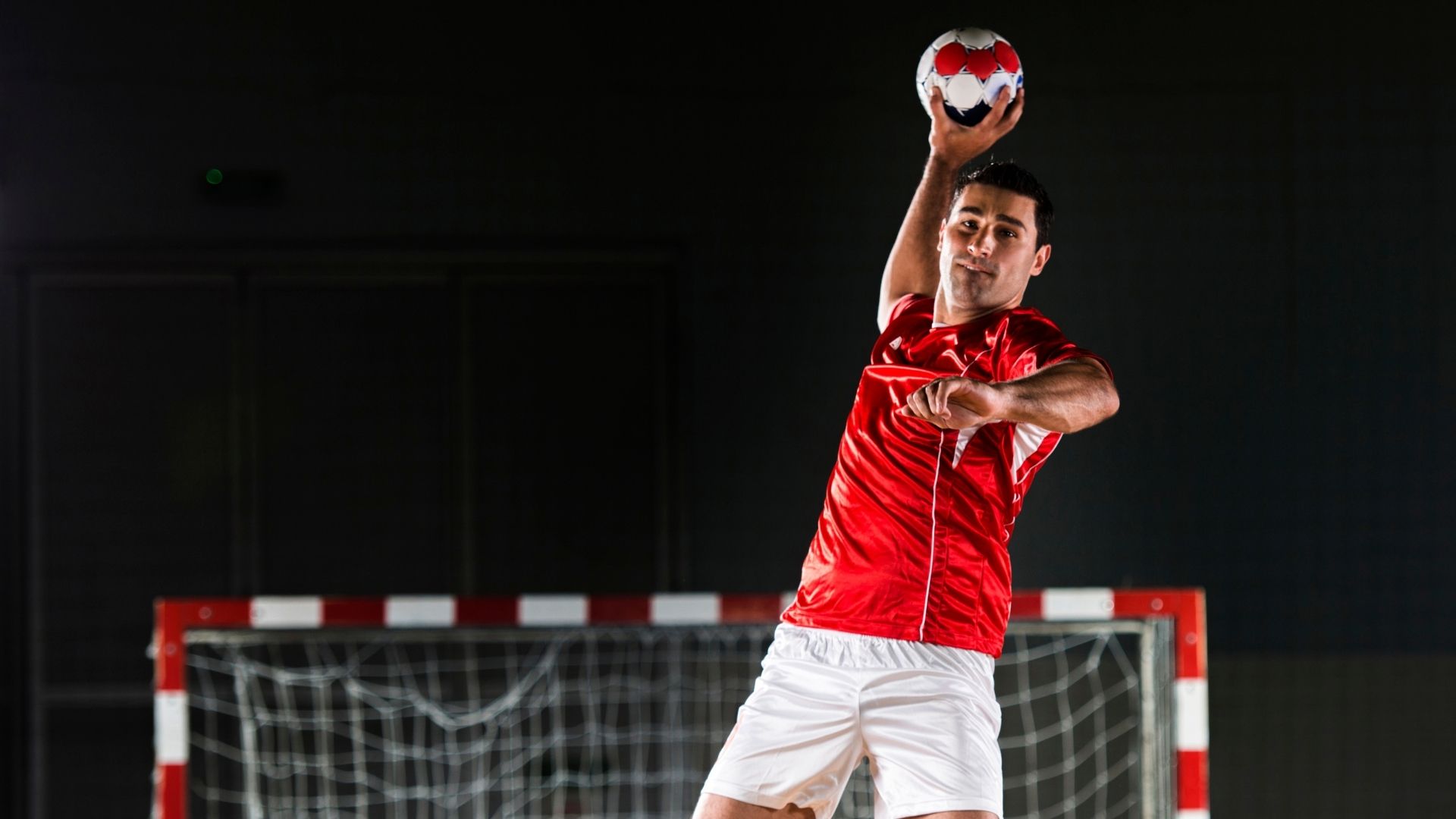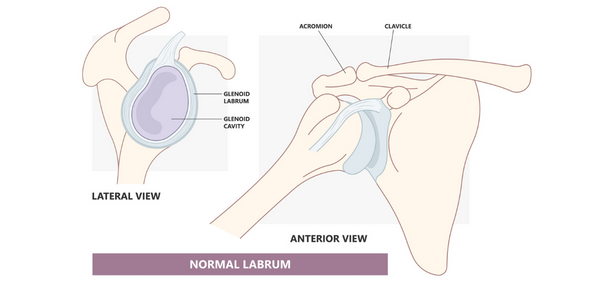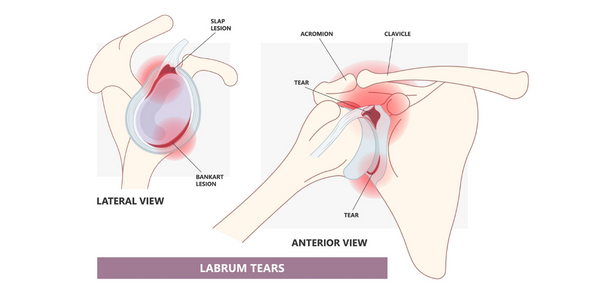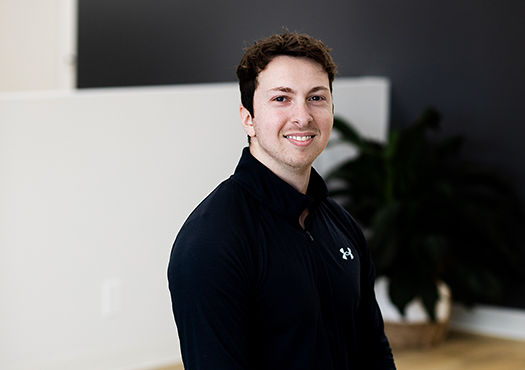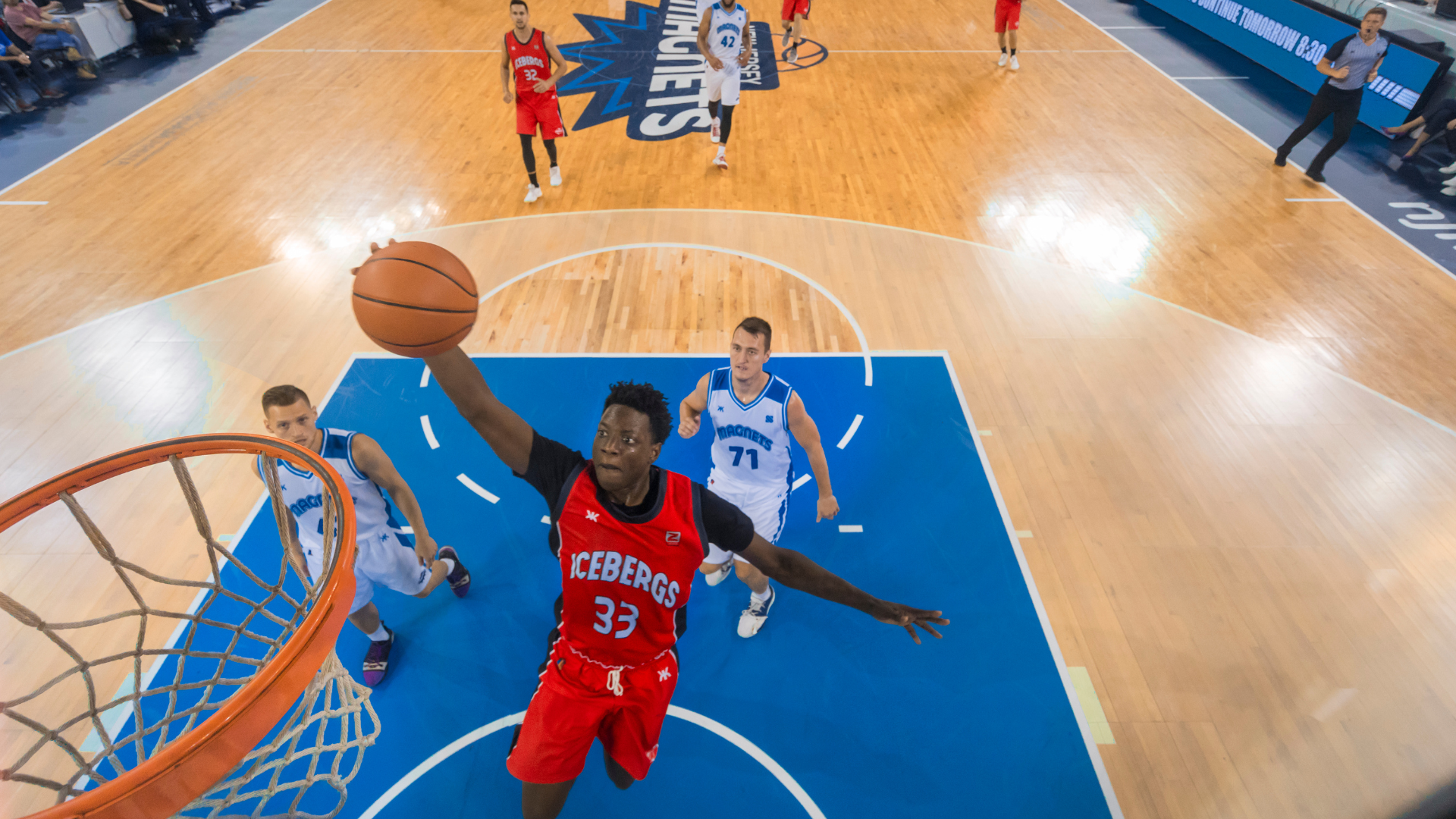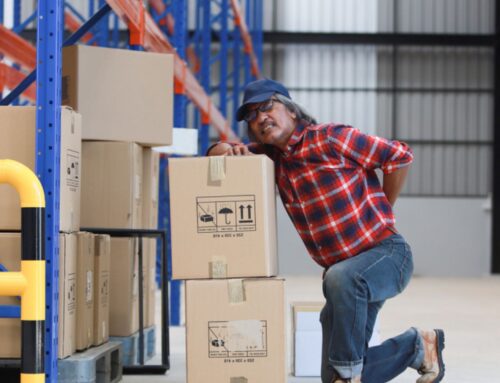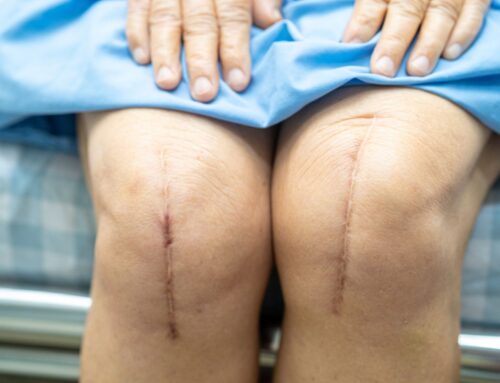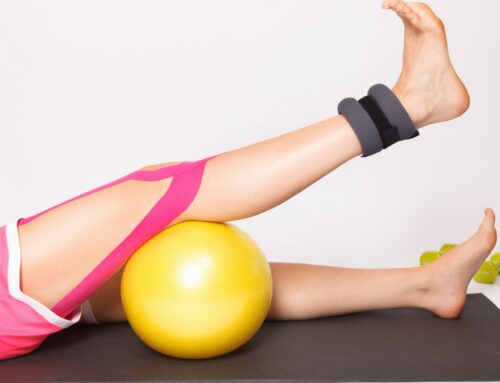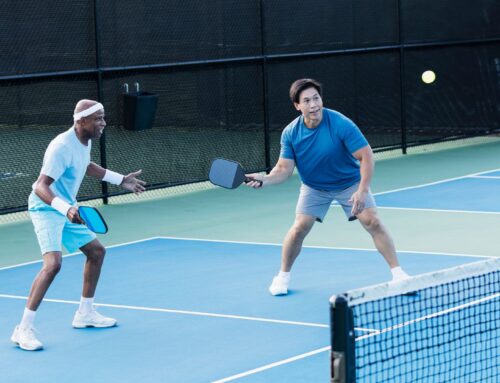Shoulder labral tears are very common but often go undetected. That’s because the shoulder labrum doesn’t need to be fully intact to have a pain-free and fully functional shoulder. That said, shoulder labral tears can cause painful popping in the shoulder joint, decreased strength and endurance in the shoulder muscles, and decreased loss of internal rotation of the shoulder.
Treatment for shoulder labral tears begins with conservative management, including physiotherapy. In this article, we look at why these injuries occur, different classifications and treatment options.
What is the Labrum?
In your shoulder joint, there is a cup shaped ‘rim’ made of cartilage which helps keep this ball and socket joint together. This structure helps stabilize the shoulder joint and allows for smooth continuous movement.
How Does a Shoulder Labral Tear Occur?
The labrum can be injured many different ways. Common reasons for labral tears include falling on your arm, a sudden pull, lifting a heavy object, overhead athletics like baseball or volleyball, rotator cuff disease, and osteoarthritis.
Although the numbers can vary, one particular study shows that between 55% and 72% of adults aged 45-60 years of age have labral tears in their shoulder. With this type of shoulder injury, it is quite common to see some imperfections on imaging. However, none of the subjects in the study had shoulder pain. The study was done in healthy adults with no known shoulder injuries. That means that even though you have a labral tear it doesn’t have to be painful[i].
The incidence of injury was also difficult to predict with athletes. Another study in professional handball players showed that 93% had labral tears and only 37% actually experienced pain in their shoulder.[ii]
Tears of the labrum are typically categorized into regions of the labrum divided like a clock face (ie., 3-6, 6-12, etc.). As our understanding of labral tears has continued to progress, different classifications have been introduced. The most common tear is the superior labral anterior posterior lesion, otherwise known as the ‘SLAP’ lesion[iii].
Shoulder Labrum Tear Symptoms
Shoulder labrum tear symptoms can include:
- Painful clicking or popping in the shoulder joint
- Decrease or loss of internal rotation of the shoulder
- Increased pain with overhead activities
- Decrease strength and endurance of shoulder muscles, specifically muscles of the rotator cuff
- Decrease or loss of strength and endurance in the muscles that stabilize the scapula
- Unable to lie on affected shoulder
Labral Tear Shoulder Treatment Options
Treatment for shoulder labral tears begins with conservative options including physiotherapy, anti-inflammatory medications and corticosteroid injections. Surgery becomes an option when these interventions do not help. However, the evidence for surgery remains inconclusive.
When we look at surgery versus sham surgery (fake surgery) evidence suggest no significant difference in outcomes.[iv] Conservative management is usually the best starting place and can help avoid unnecessary surgery. The shoulder labrum doesn’t need to be perfectly intact to have a functional and pain free shoulder.
When considering treatment of a labral tear there are many tools to consider, including:
- Strengthening exercises
- Stability exercises
- Core exercises (can aid in stability of the shoulder girdle)
- Stretching
- Pain education
- Functional movement integration
- Rest (the right amount, rarely if ever total rest)
- Medication (for pain/inflammation)
The shoulder is a very complex joint and although general advice can be given, seeing a healthcare professional like a physiotherapist ensures that you get an individual tailored approach to your shoulder injury. What works for one may not work for the next but by using the tools listed above, the right combination of rest and exercise can be done so that your shoulder can return to being pain free and functional.
Your physiotherapist can help provide guidance and education regarding further imaging or even a consultation with an orthopaedic surgeon. Contact us today to learn more about our approach to shoulder labral tear physiotherapy treatment.
References
[i] Schwartzberg, R., Reuss, B. L., Burkhart, B. G., Butterfield, M., Wu, J. Y., & McLean, K. W. (2016). High prevalencof superior labral tears diagnosed by MRI in middle-aged patients with asymptomatic shoulders. Orthopaedic Journal of Sports Medicine, 4(1), 232596711562321. https://doi.org/10.1177/2325967115623212
[ii] Jost, B., Zumstein, M., Pfirrmann, C. W., Zanetti, M., & Gerber, C. (2005). MRI findings in throwing shoulders. Clinical Orthopaedics and Related Research, &NA;(434), 130–137. https://doi.org/10.1097/01.blo.0000154009.43568.8d
[iii] Bedi, A., & Allen, A. A. (2008). Superior labral lesions anterior to posterior—evaluation and arthroscopic management. Clinics in Sports Medicine, 27(4), 607–630. https://doi.org/10.1016/j.csm.2008.06.002
[iv] Schrøder, C. P., Skare, Ø., Reikerås, O., Mowinckel, P., & Brox, J. I. (2017). Sham surgery versus Labral repair or biceps tenodesis for type II slap lesions of the shoulder: A three-armed randomised clinical trial. British Journal of Sports Medicine, 51(24), 1759–1766. https://doi.org/10.1136/bjsports-2016-097098
Written by

